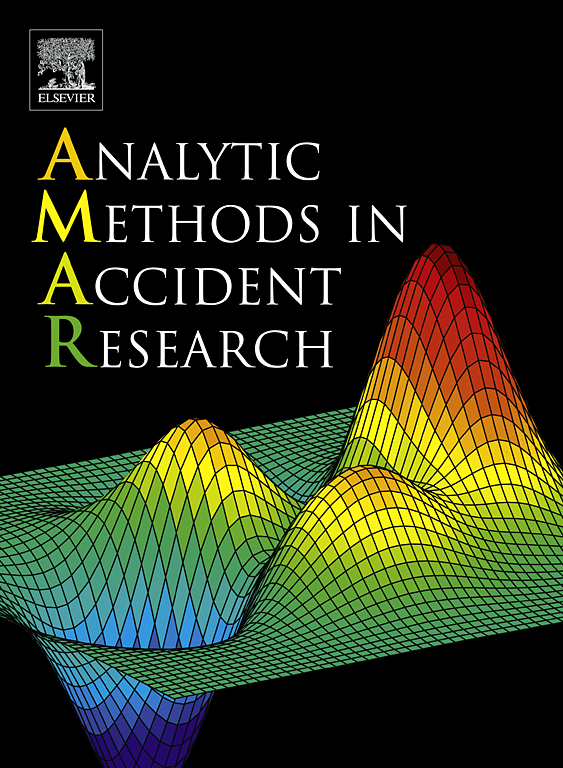Evidence of sample selectivity in highway injury-severity models: The case of risky driving during COVID-19
Abstract
Research in highway safety continues to struggle to address two potentially important issues; the role that unobserved factors may play on resulting crash and injury-severity likelihoods, and the issue of identification in safety modeling caused by the self-selective sampling inherent in commonly used safety data (the fact that drivers in observed crashes are not a random sample of the driving population, with riskier drivers being over-represented in crash data bases). This paper addresses unobserved heterogeneity using mixing distributions and attempts to provide insight into the potential sample-selection problem by considering data before and during the COVID-19 pandemic. Based on a survey of vehicle usage (vehicle miles traveled) and subsequent statistical modeling, there is evidence that riskier drivers likely made up a larger proportion of vehicle miles traveled during the pandemic than before, suggesting that the increase in injury severities observed during COVID-19 could potentially be due to the over-representation of riskier drivers in observed crash data. However, by exploring Florida crash data before and during the pandemic (and focusing on crashes where risky behaviors were observed), the empirical analysis of observed crash data suggests (using random parameters multinomial logit models of driver-injury severities with heterogeneity in means and variances) that the observed increase in injury severity during the COVID-19 pandemic (calendar year 2020) was likely due largely to fundamental changes in driver behavior and less to changes in the sample selectivity of observed crash data. The findings of this paper provide some initial guidance to future work that can begin to more rigorously explore and assess the role of selectivity and resulting identification issues that may be present when using observed crash data.

 求助内容:
求助内容: 应助结果提醒方式:
应助结果提醒方式:


